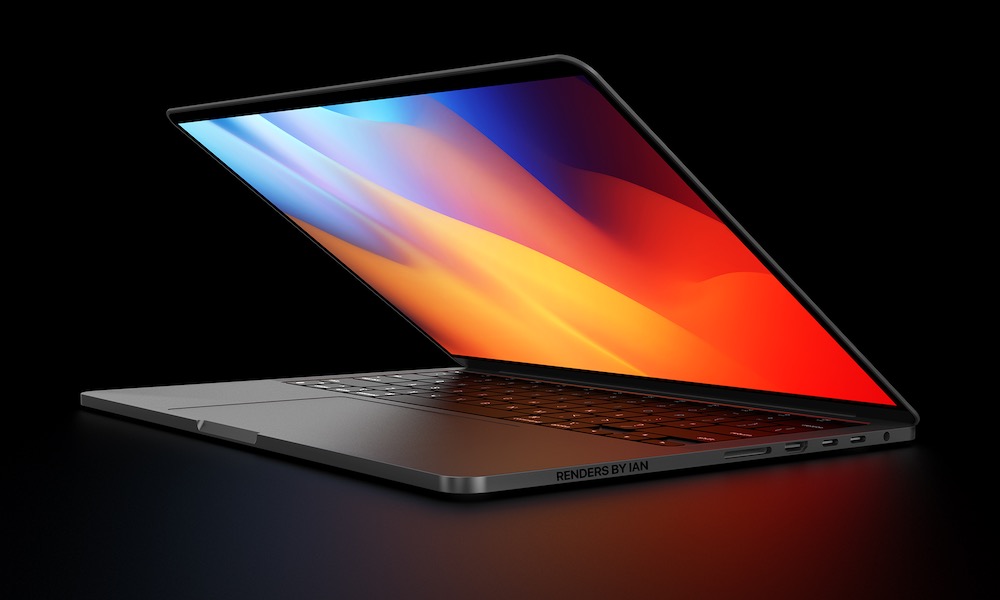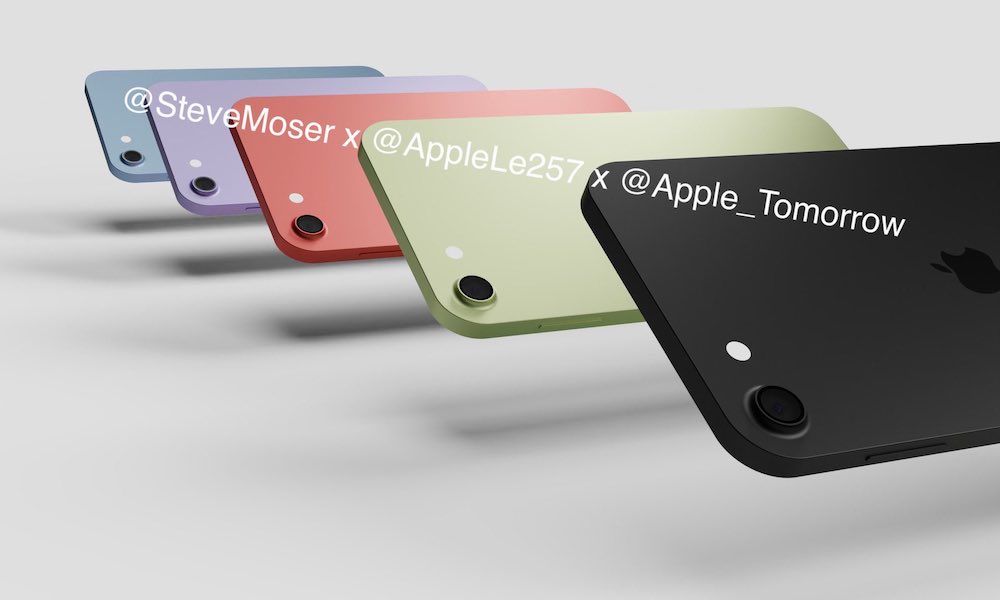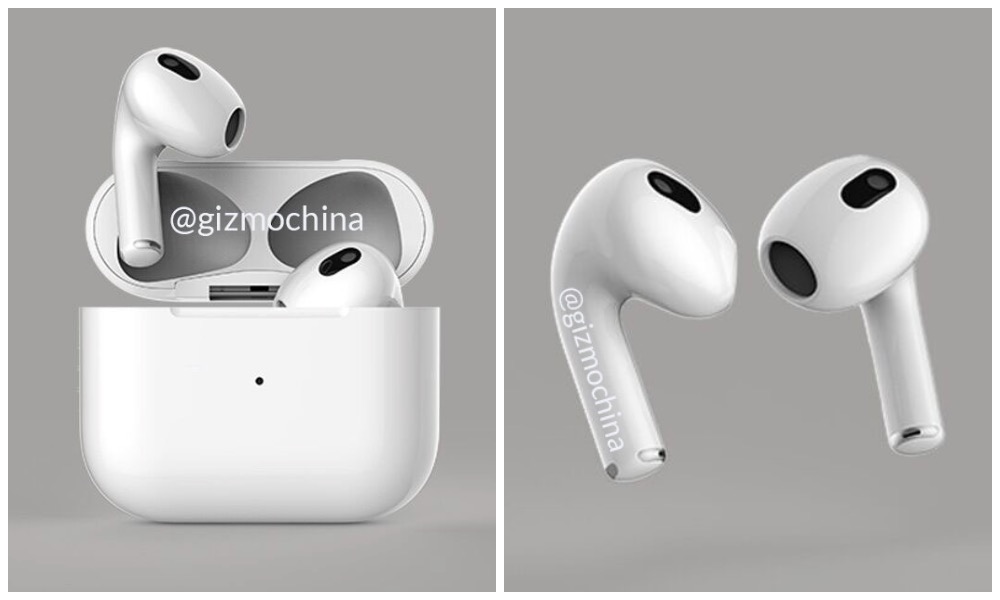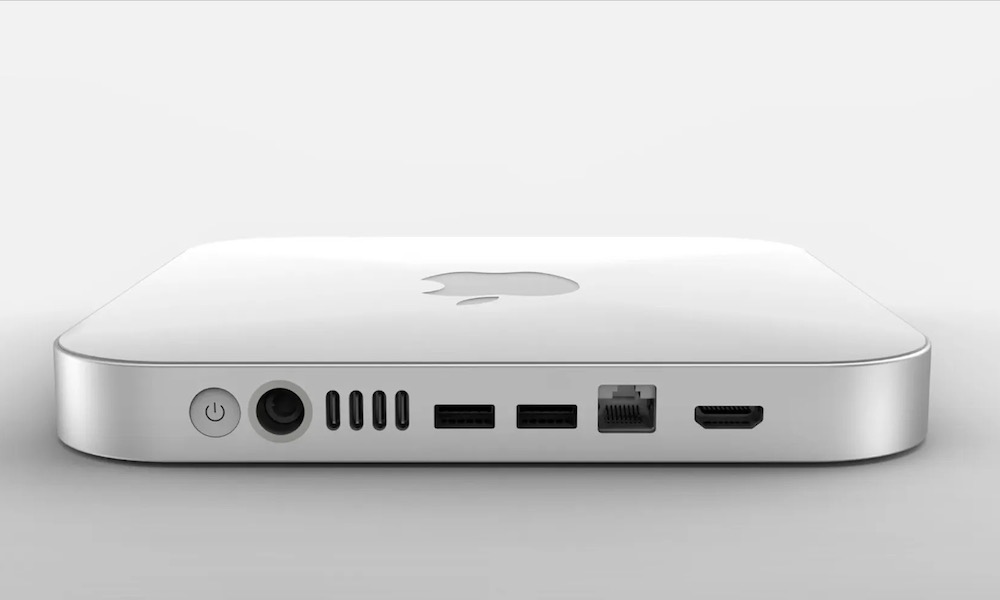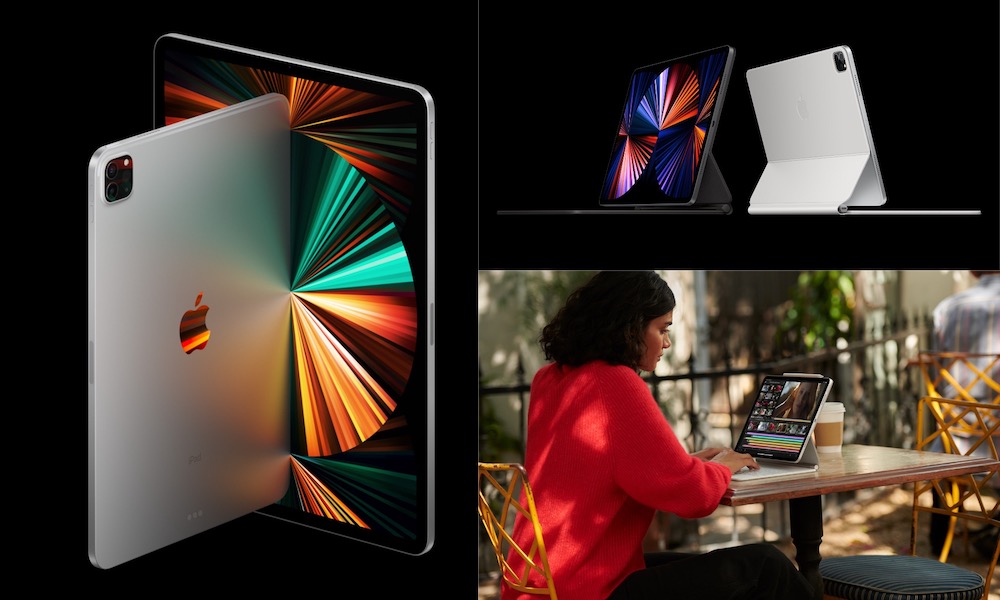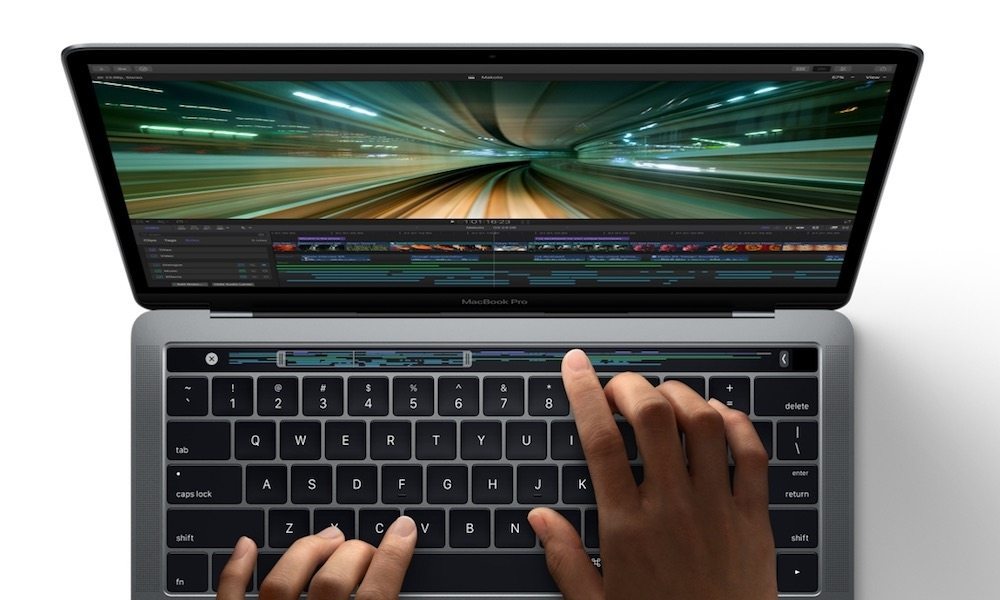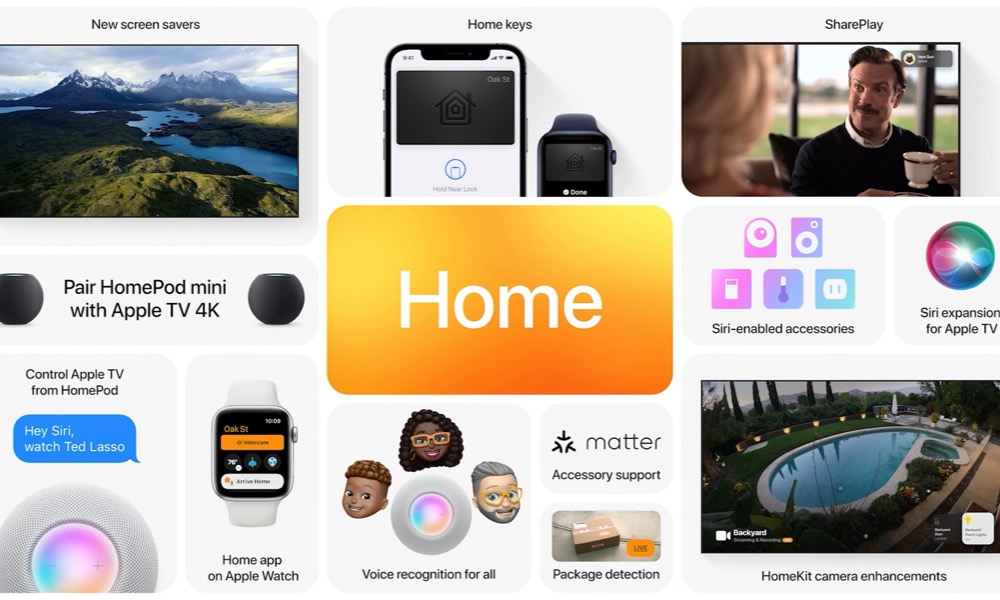9 Things We Were Hoping for at WWDC That Never Arrived
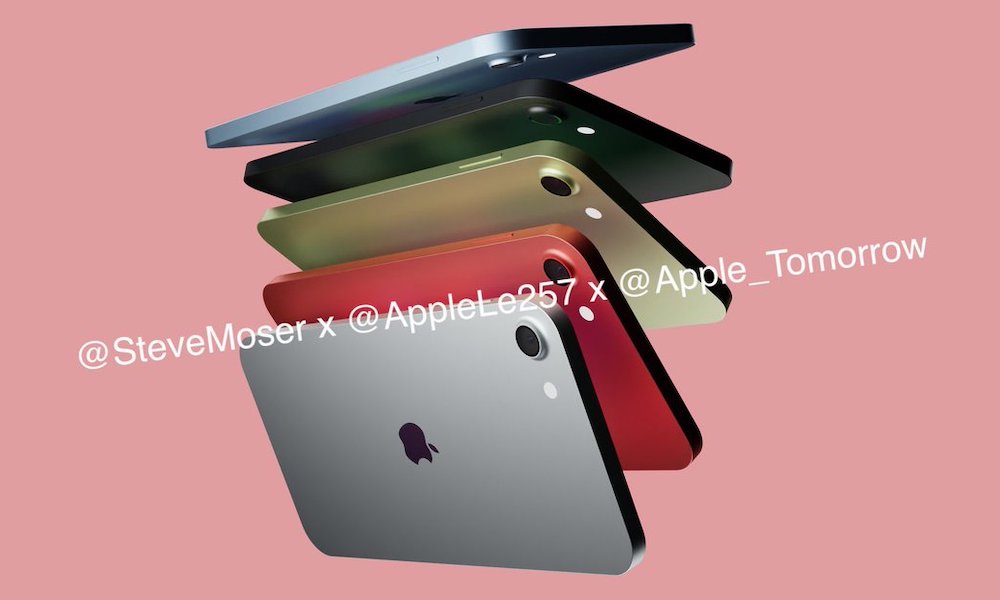 Credit: Apple_Tomorrow
Credit: Apple_Tomorrow
Apple’s annual Worldwide Developers Conference officially ended on Friday, and it’s now clear that a few of the things we were hoping to see come out of the week-long conference haven’t materialized.
Although the opening keynote at the start of the week normally heralds all the biggest announcements, Apple has been known to slip out new products more quietly via press release, and the actual developer sessions throughout the week often reveal more details about Apple’s upcoming software releases.
This year, however, WWDC was surprisingly devoid of any hardware announcements at all. While it’s fair to say that the event is primarily about software, Apple has often used the platform to announce new products. For example, WWDC 2019 included the announcement of the Mac Pro and Pro Display XDR, and back in 2017 there was a staggering amount of new hardware announced, including minor updates to the iMac and MacBooks Pro, along with the debut of a powerful iMac Pro, a new 10.5-inch iPad Pro, and the ill-fated original HomePod.
So, if you were expecting to see at least some hardware at WWDC this year, you weren’t alone. It wasn’t just about new products, though, as there were a few other software improvements that some had hoped Apple was working on that haven’t materialized yet either. Read on for 9 things that we hoped to see at WWDC that didn’t make the cut.
The ‘M1X’ MacBook Pro
In the days leading up to WWDC, many were putting big bets on the arrival of at least one new higher-end MacBook Pro that would finally put the Apple Silicon transition in high-gear and kick Intel to the curb.
Even though Apple’s M1 MacBook Pro already runs circles around its Intel counterparts, it’s somewhat ironically been limited to the entry-level model in the lineup.
In other words, the most inexpensive MacBook Pro you can buy right now outperforms the higher-end 13-inch and 16-inch MacBook Pro. In fact, our tests have shown it can hold its own against the base model of Apple’s insanely powerful Mac Pro.
However, Apple’s M1 Macs suffer from significant limitations in the number of Thunderbolt ports (2), maximum RAM (16GB), and maximum SSD storage capacity (2TB). This has kept the older Intel models filling in at the higher end of the lineup until Apple’s even more powerful M1X/M2 chip can find its way into them.
These new MacBook Pro models are expected to feature a pretty significant redesign, including the return of an HDMI port, an SD card slot, and MagSafe charging. However, there’s a good chance the rumours of a new MacBook Pro weren’t entirely baseless, however; Apple may have had to pull the announcement at the last minute due to production delays caused by the ongoing global chip shortage.
The Next-Gen iPod touch
We can’t blame you if you’re forgotten the iPod touch even exists, since Apple does very little to promote the device. It also releases new models so sporadically that we’re always wondering if the lineup is on the edge of being put out to pasture.
Based on recent rumours, however, we wouldn’t count the inexpensive device out just yet. There are reports that Apple is working on an eighth-generation version of the device, but we don’t know much about it just yet.
It’s the only device that Apple still sells bearing the venerable iPod name, but Apple’s not keeping it around for nostalgic reasons — the iPod touch offers an easy and affordable way into the iOS, App Store, and Apple Music ecosystem for users who can’t afford an iPhone, or simply don’t want one for whatever reason.
Even if Apple had a new iPod touch ready to go, however, it’s extremely unlikely it would have gained any stage time at WWDC. More likely, Apple would have slipped it out via press release sometime during the week. However, this also means that it could really arrive any time — it doesn’t have to be tied to any specific Apple event.
After all, ever since Apple stopped updating the device annually back in 2010, new iPod touch models have seemed to show up pretty randomly. The last one that got any stage time at all was alongside the iPhone 5 back in September 2012, after skipping a 2011 release. That was followed by some quiet refreshes to that same model in 2013 and 2014, and then a new sixth-gen model that came out of the blue in 2015.
However, since the last one came right before WWDC 2019, ending a four-year dry spell, it wasn’t unreasonable to think Apple may have chosen to do the same this year.
AirPods 3
It’s pretty much a given that Apple is working on a third-generation set of its standard AirPods, but reports have been all over the place on when they’ll arrive.
While most supply chain sources have indicated that they’re not even in mass production yet, it was believed that they’d arrive alongside Apple Music Lossless, if not when it was announced back in May, at least by the time Apple turned the key on the new higher-quality music tier.
However, although that happened the same day as Apple’s WWDC Keynote, there was not a peep about new AirPods at Apple’s event, and at this point the more expensive AirPods Pro and over-ear AirPods Max remain the only headphones in the lineup with native support for Dolby Atmos Spatial Audio, although as Bluetooth headphones they naturally can’t handle Lossless Audio.
AirPods Max Lossless Audio
Speaking of Lossless Audio, Apple had nothing to add regarding its premium AirPods Max headphones either.
While it’s not reasonable to expect true lossless audio on a set of Bluetooth headphones, some rumours had suggested Apple could be working on a higher-quality Bluetooth codec that would provide near-lossless audio, similar to Sony’s LDAC.
Apple had nothing to say about that, however, and in the meantime if you want near-lossless audio on your AirPods Max, you’ll have to plug them in. Apple also appears to have no plans to improve the wired connection to provide full lossless audio either, but that’s probably far less important, as we don’t imagine anybody will be able to hear the difference.
A Sleeker Mac mini
In the weeks leading up to WWDC, rumours suggested Apple was working on a sleeker Mac mini that could potentially be powered by its next-generation Apple Silicon.
While we weren’t necessarily expecting this to materialize at WWDC, it’s a product that would have been a good fit, since the Mac mini is a popular tool for developers. Even if Apple had it ready, however, it’s unlikely it would want to debut its new M1X chip on a Mac mini, so without the new MacBook Pro on the roster, the Mac mini would have had to take a back seat.
Major iPadOS Advances
Pretty much everyone agrees that the new M1 iPad Pro is a powerhouse, since it now features the same chip found in Apple’s newest MacBook Air, MacBook Pro, Mac mini, and iMac models.
However, almost everyone also agrees that iPadOS is holding the iPad Pro back from its true potential. The iPad Pro is capable of so much more, but that “so much more” simply isn’t achievable on iPadOS as it stands today.
While some have suggested that macOS should come to the iPad — a move that’s obviously possible now that it runs the same M1 chip — Apple has made it very clear that’s not ever going to happen.
Unfortunately, Apple is still taking baby steps in growing iPadOS into the operating system that the M1 iPad Pro needs, and while iPadOS 15 offers some nice improvements, it still falls short of giving many users what they need to turn their iPad Pro into a full MacBook replacement.
Final Cut Pro for iPad Pro
Of course, it’s not just iPadOS 15 that needs to grow up into a more powerful operating system – the other biggest limitation in the world of the iPad Pro is the dearth of truly “pro” apps that are available for the platform.
Apple has reportedly been working on iPad versions of its Pro apps for at least a year now, but while the new M1 iPad Pro would have been the perfect time to unveil at least some of these, the company remains tight-lipped about its plans.
To be fair, Apple isn’t the only one that doesn’t offer full-featured professional apps for the iPad. It’s been a slow road for Adobe as well, but frankly we’d expect Apple to lead the way on this one. At this rate, we could see Adobe’s Premiere Pro and Audition on the iPad before Apple has Final Cut Pro and Logic Pro ready.
The Future of the HomePod
Although we know that Apple is working on a powerful new HomePod that will probably take it well beyond just being a smart speaker, it’s likely still a year or two away, so we really weren’t expecting to see a new product announced at WWDC.
That said, however, Apple was very quiet about its plans in this area, being careful not even to drop the slightest hint as to where things may be going.
The company naturally avoided any mention at all of the now-discontinued original HomePod — despite the fact that it’s required for one of the best features of the new Apple TV 4K.
Instead, Apple mentioned in passing that Apple TV 4K users will soon be able to use the HomePod mini as default speakers, while also coyly omitting the fact that these smaller speakers can’t provide true Home Theatre Audio with Dolby Atmos support.
‘homeOS’
At last year’s virtual WWDC, Apple covered innovations in the Apple TV, HomeKit, and the HomePod lumped into a whole new “Home” category. It’s clear now that this was the beginning of a trend that continued with the debut of the HomePod mini at last fall’s iPhone event, and was repeated at this year’s WWDC.
Combined with a reference to “homeOS” in an Apple job posting, this led to speculation that Apple was planning to vastly expand its home category in a broad new way, however the event came and went without even a mention of the operating system. Nor did anything about this alleged “homeOS” surface at any of the developer events throughout the week.
If anything, Apple has been downplaying the operating systems found in its home devices. It did much the same thing with tvOS last year, talking more about the Apple TV as an overall platform than the software that runs on it. Further, even though the HomePod is also now based on tvOS, Apple still calls it “audioOS” internally, and officially it’s simply “HomePod Software.”
That said, since the references to “homeOS” came right from one of Apple’s own job postings, we have to assume it has something in the works that it’s simply not ready to announce to the wider community just yet. The way it was phrased in the job posting is a bit too specific to simply be the name of an internal operating system, but at this point it may also merely be the groundwork for Apple’s next big home product.

